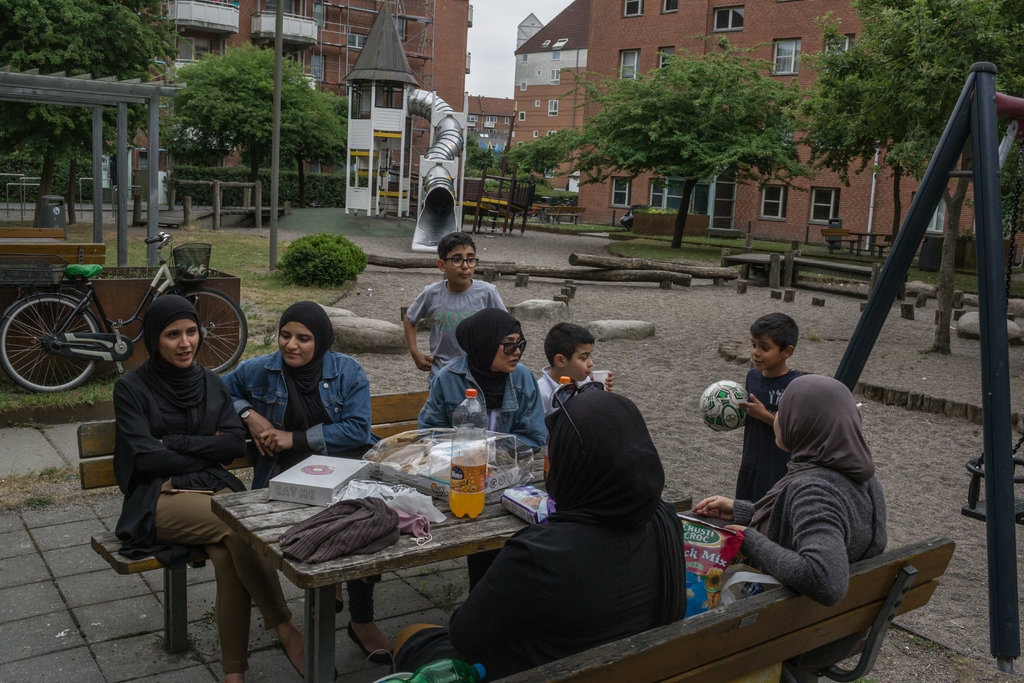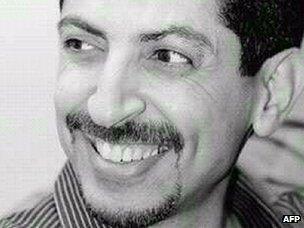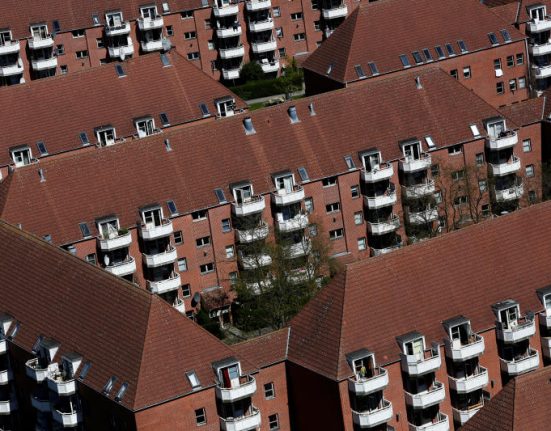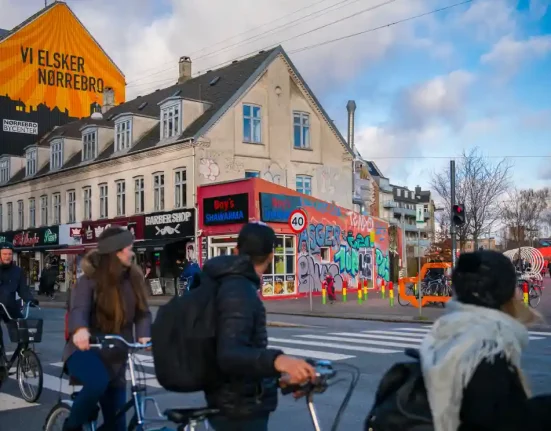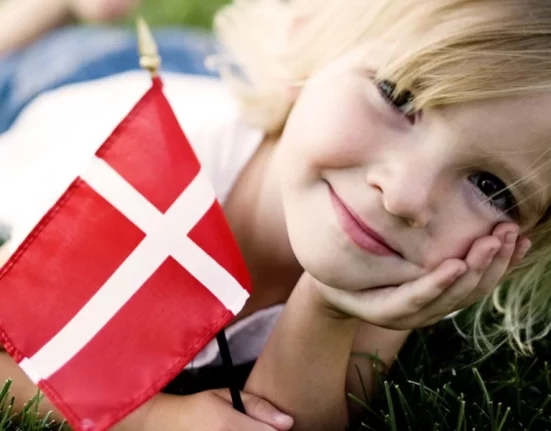The Mjølnerparken housing estate is still a centre of tension and conflict, mainly due to the socio-economic circumstances that define the neighbourhood’s inhabitants.
While Danes can be subtle and patient people, it’s no secret that the events at the Mjølnerparken have had an effect on how they think of their increasingly diverse communities.
The label ‘ghetto’ has been attributed to any area showing economic strain or distress by its inhabitants through public policy or media commentary.
The housing estate is at the heart of a storm, subject to harsh laws and regulations. Mjølnerparken is one of 28 other low-income neighbourhoods in Denmark being classified as a ghetto by government officials after introducing new policies.
Denmark has created a “ghetto list” that keeps track of certain neighbourhoods that score high on criteria such as the jobless and crime rates. This is seen to be a little controversial because some people feel like this could be seen as stereotyping.
The government is now proposing to demolish these areas by replacing them with new homes in an effort to change their reputation.
In 2010, the Danish government compiled a list of what it considers to be “ghettos”. The criteria are higher than average jobless and crime rates, lower than average educational attainment.
More than 50% of the population are first or second-generation migrants. City plans include mass evictions and reconstruction. Up to 11,000 social housing tenants could be affected by the new policies.
In addition, there are still many special rules being implemented in these areas. For example, the state’s authorities have passed a new law that states that rents can be temporarily stopped if any member of a tenant family commits a criminal offence in the building. Also, the local authority has to approve certain renovations to protect their inhabitants.
Other laws may seem to force immigrants to integrate into Danish society. For example, preschool children have to attend state-run preschools for an obligatory number of hours per week. Also, Danish schools aren’t allowed to admit more than 30% migrant students.
So far, things are pretty bleak for the people who have been poor for quite some time. Some analysts believe that Denmark is trying to incorporate wealthy people to prosper like the others.
The authorities, for now, are refuting the claim, but anybody can see that there is some truth to it. Many people fearing eviction are emotionally disturbed because it was quite amazing to be able to live near people who have been harbouring emotional support for some time.
We can see the merging of rich people in this state in the coming time. For now, things have been pretty sad for the ghetto neighbourhood.
Some people also claim that ghetto labelling is reading Denmark from cross-cultural people.


